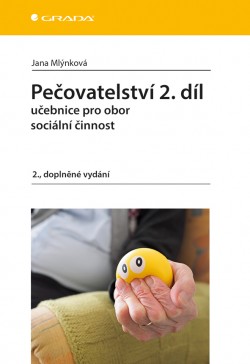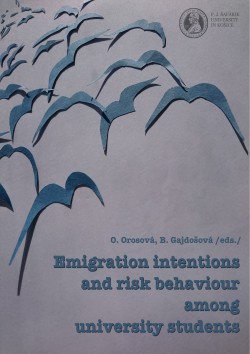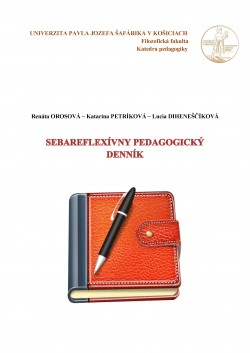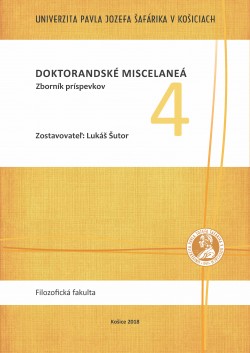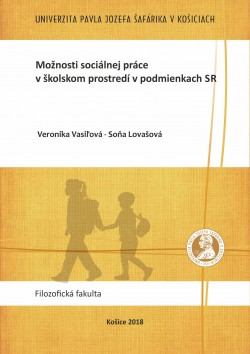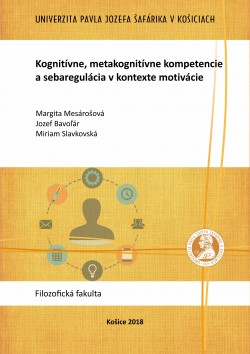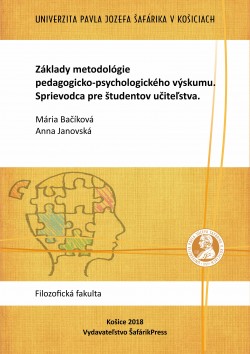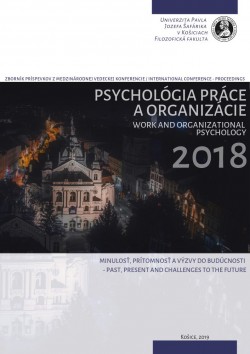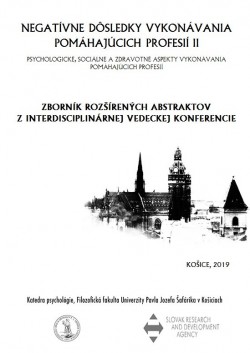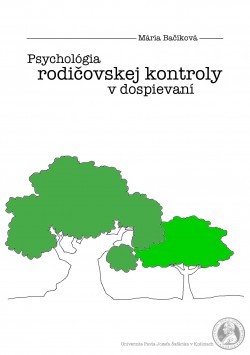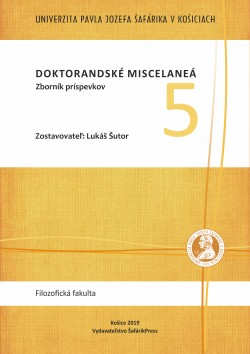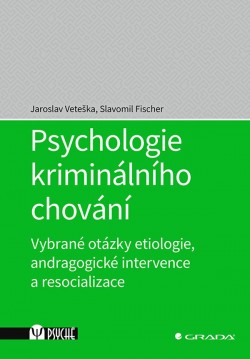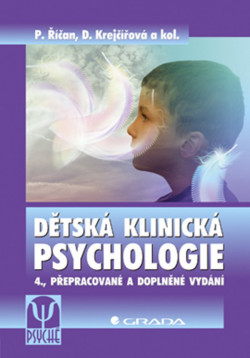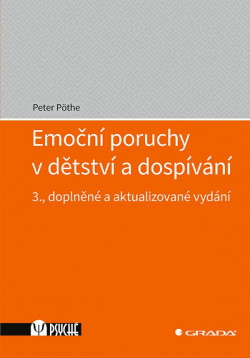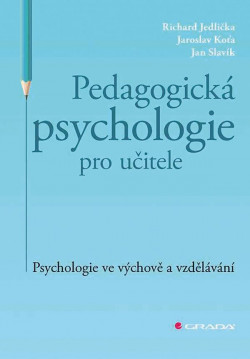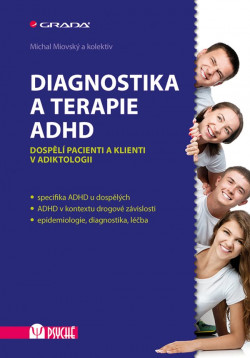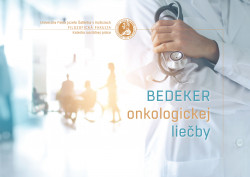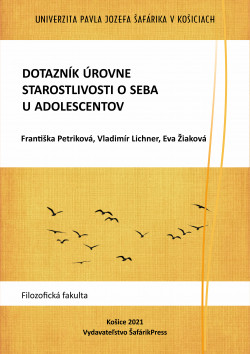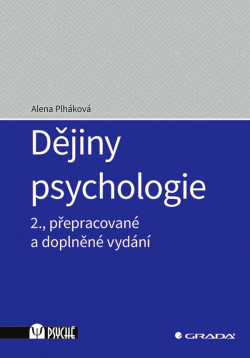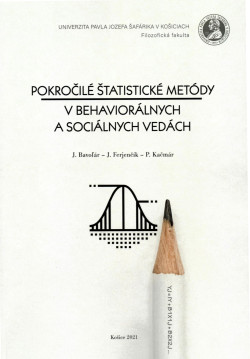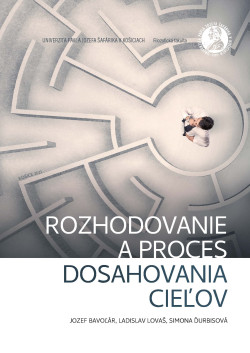No products
Product successfully added to your shopping cart
There are 0 items in your cart. There is 1 item in your cart.
Risk and preventive factors of burn-out in help profesions
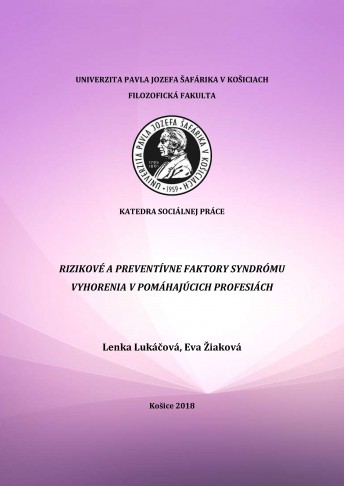
Data sheet
| Author: | Lenka Lukáčová |
| Contributions: | Eva Žiaková |
| Science editor: | Katarína Šiňanská |
| Year of publication: | 2018 |
| Available from: | 23.08.2018 |
| Edition: | 1st edition |
| Document type: | Monograph |
| Publication language: | Slovak |
| Number of pages: | 89 |
| Faculty: | Faculty of Arts |
| Department: | Department of Social Work |
More info
The burnout syndrome in the simplest sense is a state of total physical and psychological exhaustion. Its cyclical course may be misleading, often underestimated and neglected on the part of a burned-out individual, as well as by its surroundings. The neglection of warning signals strengthens the field of its occurrence and impact.
Helping professions are characterized by a number of specificities, including phenomenom associated with frequent and intense contact with "unknown" people. In addition to the many positive aspects, work with people also involves burnout syndrome. This is a very unpleasant "experience" with possible devastating effects on a potentially highly effective expert. Burning syndrome affects ot those people who practice their profession with a high intellectual and emotional attitude. The central interest of the helping profession is man in his bio-psycho-socio-spiritual unity. The helping worker in relation to client acts as the main tool and must be able to act against each client / patient not only in the context of these components but also in the context of their individuality. The Combination of lack of social support, inadequate motivation, or dissatisfaction with the work environment, these determinants can lead to the onset of burnout syndrome, which many times represents a treacherous gap that makes lot of difficulties and can last for several years.
Monography is one of the methods with which we strive to draw attention to the problem of burnout syndrome in the performance of a helping profession. Based on this, we have focused on determining the frequency of occurrence of burnout syndrome in assisting professions based on predetermined risk factors (specific profesion, length of practice, motivators) in order to verify, confirm or refute predefined factors. The subject of this research was also to examine the correlation between the aforementioned factors, the quality of professional life and the strategies for managing stress and stress situations. The monography is intended for helping profesions e.g. social workers, nurses, doctors etc. We also believe that, this monography will be also benefit for a wider range of helping professions, as well for all those involved in the his problematics.


